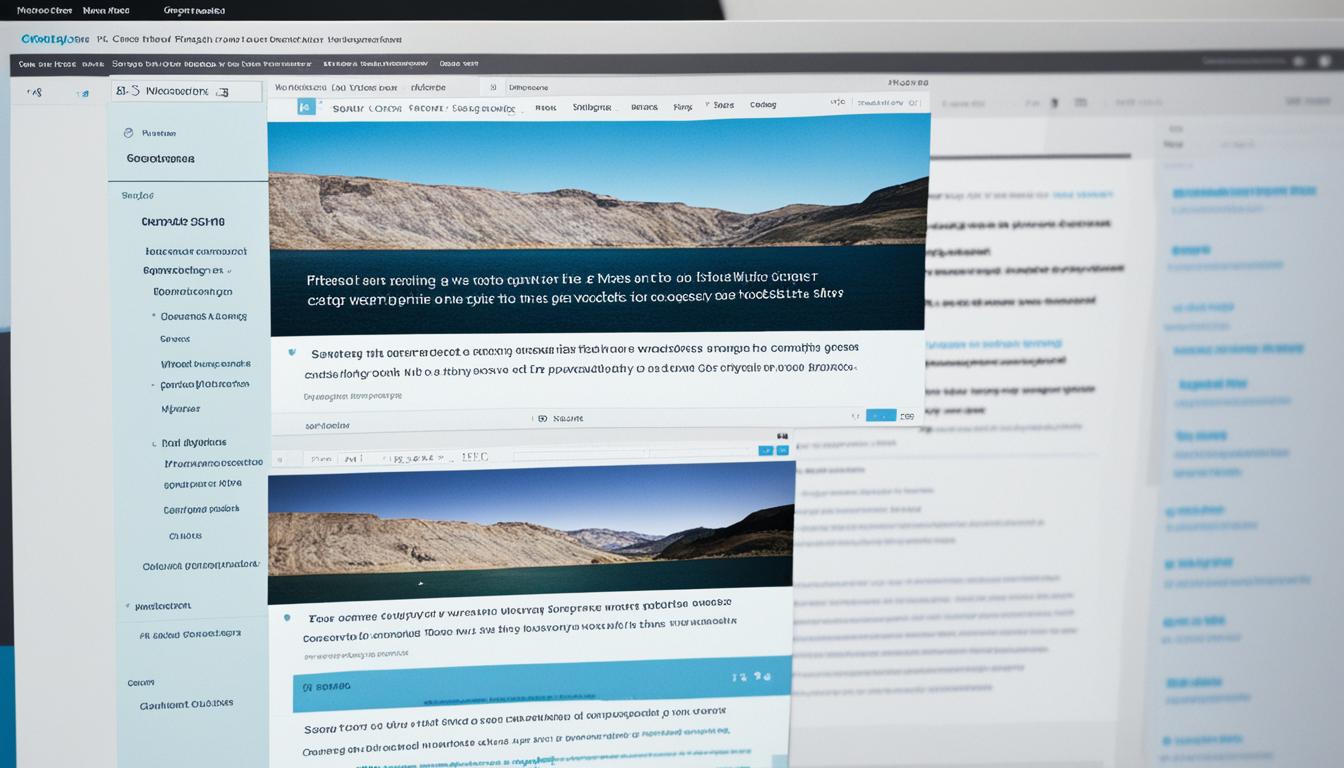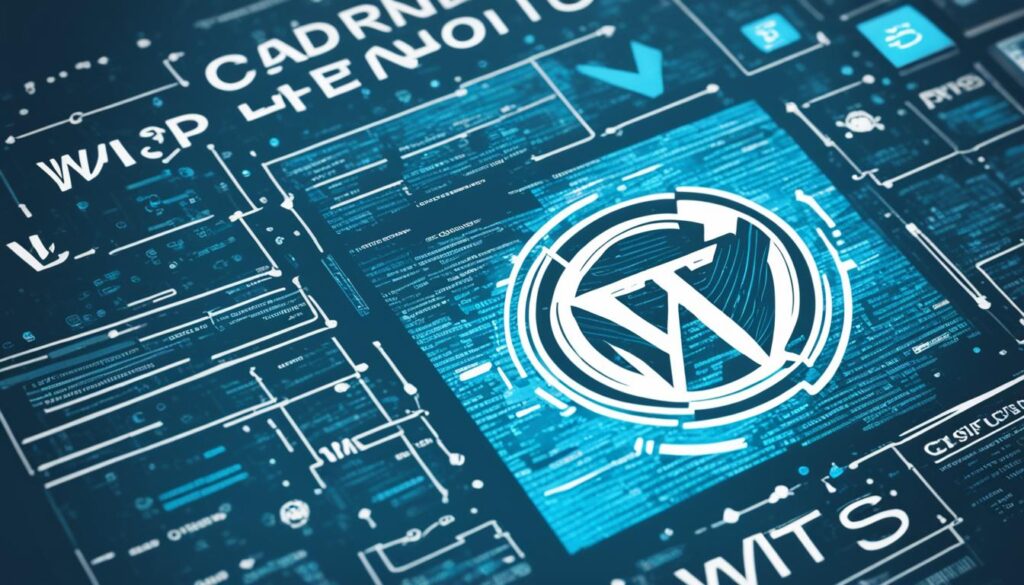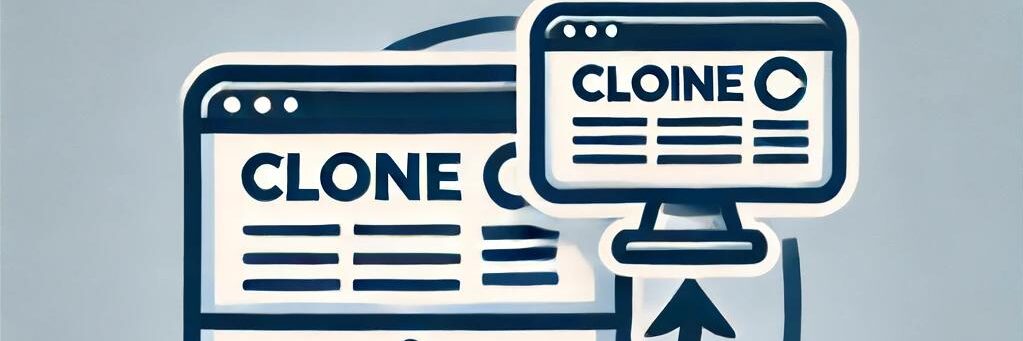Clone Website from Archive.org for $150 in WordPress

Want to recreate an old website or make a new one based on a model? For just $150, you can clone a site from Archive.org’s Wayback Machine into WordPress. This will give you a similar structure.1
The final website will closely match the original from Archive.org. It includes all content and a WordPress menu. You can edit pages easily, using either WYSIWYG or HTML editor. Plus, the links will be all set up the right way. All this for a WordPress conversion costing only $60.1 The service is confident about its quality. If you find a better deal under $150, they’ll give your money back.1
Is your site still online or do you need to pull it from the Wayback Machine? This service can help. They know how to turn your old site, in HTML, into a shiny new WordPress version. WordPress means you get more design choices and flexibility.1
If cloning your site and upgrading to WordPress sounds good, give this service a try. Reach out to them to start turning your idea into reality!
### Key Takeaways
– Clone a website from the Wayback Machine on Archive.org for only $150 in WordPress format
– Get a fully functional WordPress website that looks identical to the original
– Enjoy editable pages, a working menu, and the original link structure
– Service offers a 100% refund if you find better results elsewhere for less than $150
– WordPress integration costs just $60, with discounts for monthly HTML subscribers
Introduction to Cloning Websites
Cloning a site from the Wayback Machine on Archive.org is a smart move. Converting it to WordPress makes it easy and cost-effective. You can use this method to launch a new site that looks like the old one or refresh an existing site.
However, the switch from HTML to WordPress isn’t fully automated. This makes it a bit more expensive. Tools and services for this task are a bit tricky to use but can still get the job done.
Benefits of Cloning a Website
Cloning a website lets you reproduce the look and feel of another site. You can do this without actually copying the content. For businesses or people who want a strong, familiar presence online, this is key.2 Adapting a site’s design and setup is also a budget-friendly way to refresh an old or offline site. You use what’s already there, saving time and effort.
Overview of the Process
The cloning process starts by pulling the needed HTML from the Wayback Machine. This is done with a special script.3 Then, this HTML is turned into a WordPress site. The goal is to mirror the original site closely in look and structure.3 Even though this step isn’t completely automatic, experts have found ways to make it easier and less costly.
Now, about the finished WordPress site. It works like a replica, so it’s not exactly the same as building one from zero. You might not have all the flexibility with themes or fully working interactive features at first.3 Yet, this method remains a solid choice for a lot of website owners who are looking to save both time and money.
Accessing the Wayback Machine on Archive.org
The first step in copying a website from Archive.org’s Wayback Machine is finding the right site.4 The Wayback Machine has been around since 1996. It’s a digital library of the web that lets people see old website versions.4 Back in 2001, the WAYBACKMACHINE was born. It can store more than just web pages. It keeps videos, images, and documents too.4
Finding the Website You Want to Clone
To find a site for copying, use the search bar on the Wayback Machine’s page. Type the site’s URL and hit search. You’ll see a list of old versions to pick from.4 It also shows if the site had issues, like not being found (404) or moved to another link (301). These clues tell you more about the site’s past.4
Checking the Availability of Historical Snapshots
After choosing a site to copy, ensure the Wayback Machine has enough old versions. This checking is crucial.4 The Machine names its snapshots by date and time. A tool on the site, called Summary, helps you see when and how much of a site was saved.4 It also counts the different files saved. This helps gauge how full the site’s archive is.4 Another tool, Explore, digs deeper. It shows more details about what was saved when. This deepens your view of a site’s history.4
Searching the Wayback’s details is critical for a good copy. Make sure all needed versions and files are there.4 The Site Map tool is very helpful for this. It shows a chart that explains a site’s makeup and how it’s changed over time.4
Downloading the HTML Files
A special script was created to scrape websites from the Wayback Machine. Because of this, the service can clone websites at a lower price.5 But, there are some restrictions. Only the HTML files from the Wayback Machine are available for download. They can’t access the original website’s backend or database.5 As a result, features like contact forms won’t work right away.
Understanding the Limitations of Web Scraping
This service can get the HTML files needed from the Wayback Machine. However, scraping has its limits.5 They can’t reach the website’s backend or database. So, features that need these parts won’t fully work on the cloned site.
Extracting the Necessary Files
Even with the scraping limitations, the service gets the HTML files needed. They then use these to build a site in WordPress.5 Though not as functional as a new site, it looks just like the original. This way, they provide a mirror image of the original site.
Converting HTML to WordPress
A service can change HTML files from the Wayback Machine to a working WordPress site.6 It does this by rebuilding the website’s look and features in WordPress, like the design and menus.6 Then, it adds the HTML content to the WordPress site for easy updating.
This is not all done by a computer. But, the service uses a tool to make the change easier and cheaper for customers.
Recreating the Website Structure
The service makes sure the new WordPress site looks like the old one, with the same design and ways to get around.6 Doing this helps keep the site feeling familiar, which is great for the owner and its visitors.
Integrating Content into WordPress
Next, the service puts the old site’s content into the new WordPress site.6 This lets owners update things right in WordPress, using its helpful tools.6 The way they move the content keeps it looking like before, helping the change feel easy.

Customizing the WordPress Installation
The WordPress version made by the service is reverse-engineered. It goes from HTML to WordPress, transforming the website’s HTML version into a WordPress format.7 This way, the website looks the same as the original, but limits customization. This happens because it’s harder to change things, unlike a site made from zero on WordPress.7 Users can update texts and tweak the top and bottom parts of the website, coded in PHP. Yet, they can’t easily mess with colors or where to put website elements.
Also, some things on the website need special setup to work. For example, online forms won’t work right away but need manual fixing.
Editing Content with the Visual Editor
This service offers a WordPress dashboard. It lets users include extra features and tweak the website a bit.7 The main cool part is the visual editor for editing. It’s simple to change or update words, photos, and other parts of the site.7 But, making big changes is tough because the WordPress version limits access to some advanced settings and back-end magic.
Modifying the Theme and Plugins
The service does let users adjust the theme and add plugins. However, it’s not as easy as on a custom-built WordPress site.7 Adding plugins for more features is doable. Yet, users might face a few more issues because the site is kind of ‘back-to-front’.7 Changing the look of the site can also be hard. This version of WordPress doesn’t allow as much theme-editing as a self-designed WordPress site does.
Addressing Functionality Limitations
The WordPress site made by the service lets you copy a site from Archive.org in a budget-friendly way. Yet, it won’t work smoothly for features like contact forms from the original site.4 This is a big deal because these features won’t just work without some extra steps.8
Fixing Contact Forms and Other Backend Connections
The service knows this and offers to fix it, but that costs more money. You can also try to fix it yourself if you’re good with tech stuff.8 It’s crucial to handle these issues to make sure the copied website looks and works just like the real one.
Optimizing Performance for Large Websites
For big sites with more than 2,000 pages, this service might slow things down. To tackle this, there’s a plan to mix WordPress with static HTML pages.8 This mix makes sure even big websites run fast and smooth for visitors.
| Limitation | Solution |
|---|---|
| Backend Functionality (e.g., contact forms) | Additional service provided by the cloning service for an extra cost, or manual fixing by the customer |
| Performance Issues for Large Websites (over 2,000 pages) | Hybrid solution: Front page and pages within two clicks integrated into WordPress, remaining pages left as static HTML |

how to clone a website from archive.org for only 150 in wordpress format
Looking for a cheap way to copy a site from the Wayback Machine on Archive.org and turn it into WordPress? There’s a service that fits the bill. They offer a WordPress remake for just $60.4 Plus, they’ll refund your money if you find a better deal under $150 elsewhere.1
Cost-Effective Solution for Website Cloning
This service uses a unique script to grab data from the Wayback Machine. That’s why their website duplication service is so budget-friendly.1 You’ll get a WordPress website that’s just like the original. It comes with a working WordPress menu and lets you edit content easily in the visual editor.1
Limitations and Workarounds
The WordPress site they make does have some drawbacks. You might not be able to change all theme options or have full access to the backend. But they’ve found ways to fix most of these issues.4 If your site is big, they offer a special solution. They’ll turn the main page and the ones you can reach in two clicks into WordPress. The rest stay as they are to keep everything running smoothly.1
In the end, this service offers a great value. It’s perfect for bringing back old websites that are no longer around. They cover how to clone a website from archive.org for $150 in WordPress, budget-friendly website cloning services, and how they tackle the challenges and solutions for copied sites.14
High-End Content Recovery Option
This service is perfect for those who want to get the text and images from a website. They’re not too worried about copying the site’s exact design.1 This option is great for saving money on big websites. You won’t have to copy everything exactly, which can get pricey.1
Scraping Text and Images Only
If you choose this high-end option, you get the website’s text and images only. You can then change the design and layout however you like.1 It’s a simpler and more budget-friendly way to recover website content. This is especially true for large websites that can be expensive to fully copy.1
Customizing the Design and Layout
This service also offers to recreate the site’s original design. That way, you can have a say in how your cloned site looks and feels.1 The cost for this high-end option varies. It can be between $300 to $2,000. It depends on how big and complex the site is.1
Exploring Decentralized Web Technologies
The usual web we know is run by a few big platforms. It asks us to trust them with our data and content. But now, decentralized web technologies are becoming a new hope. They let users own their data and share it across many nodes.
This new way to use the web even helps with issues like censorship and privacy. It spreads control out, giving people a bigger say in how the web grows.
Peer-to-Peer Websites and Browsers
The typical web has a problem. A small number of platforms have a lot of power. They decide what happens to our data and content.
But the decentralized web is different. It’s built on peer-to-peer tech. This means users can keep their data and share it without relying on any big authority. It helps fight things like censorship and keeps content around longer, all while keeping our privacy in mind.
Preserving Content and Context
The founder of the Internet Archive thinks the decentralized web is a game-changer. He says it could bring new ways for creators to make money. And it could save content and its meaning better than the usual platforms.
The workshop series is all about showing people the potential of these new decentralized technologies. It wants folks to get involved in shaping this new web. This new way of being online could change how we make, share, and enjoy content on the internet.
Conclusion
Cloning a website from the Wayback Machine on Archive.org has its benefits. Doing this, you can get a WordPress site that looks like the original. This service costs $150 and also converts HTML to WordPress. You get a site that’s similar to the old one, complete with a working menu and content you can change.8 Sure, there are limits to what you can do with this kind of WordPress site, but the service tries to fix these issues in other ways.
This article also looks into new tech for the web called decentralized web technologies. These aim to make the web more about the user and keep content around for a long time.8 These new techs might bring chances for better website cloning and keeping content online in the future.
To sum up, this article shows a way to clone websites from the Wayback Machine that’s affordable. It points out the pros and cons of making a WordPress site this way. It also talks about how new tech for the web could change how we use and keep content online in exciting ways.
FAQ
What is the process of cloning a website from the Wayback Machine on Archive.org and converting it to WordPress?
What are the limitations of the reverse-engineered WordPress installation?
How does the service handle large websites with over 2,000 pages?
What is the cost of the website cloning service?
Are there any additional services or options available for content recovery?
What are the benefits of the decentralized web technologies?
Source Links
- https://www.waybackmachinedownloader.com/en/wordpress-conversion/
- https://blog.archive.org/page/8/?admin=xss
- https://netpreserveblog.wordpress.com/category/research/
- https://archivarix.com/en/blog/1-how-does-it-works-archiveorg/
- https://cogdogblog.com/2016/08/archiving-old-wordpress-sites-as-static-html/
- https://wordpress.com/go/tutorials/how-to-add-downloadable-files-to-your-wordpress-website/
- https://wpmayor.com/create-website-wordpress-step-step-guide/
- https://blog.archive.org/2016/11/29/help-us-keep-the-archive-free-accessible-and-private/

Leave a Reply